Woopsa is a protocol that's simple, lightweight, free, open-source, web and object-oriented, publish-subscribe, real-time capable and Industry 4.0 ready. It contributes to the revolution of the Internet of Things.
var woopsa = new WoopsaClient("http://demo.woopsa.org/woopsa", jQuery);
woopsa.read("/Temperature", function(result){
//result = 24.2
});dynamic client = new WoopsaDynamicClient("http://demo.woopsa.org/woopsa");
Console.WriteLine(client.Temperature);
// result = 24.2Woopsa stands for Web Object Oriented Protocol for Software and Automation.
Woopsa is a protocol that allows you to share the complete object model of your application in a way that's similar to OPC-UA. It's web-based and uses rock-solid foundations such as HTTP and JSON, which makes it work with your browser. It allows you to remotely access structured data between applications in different languages like C#, JavaScript and C.


